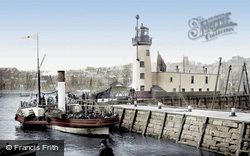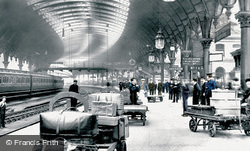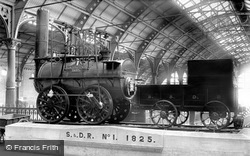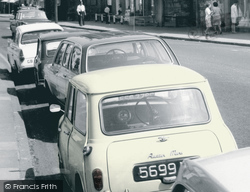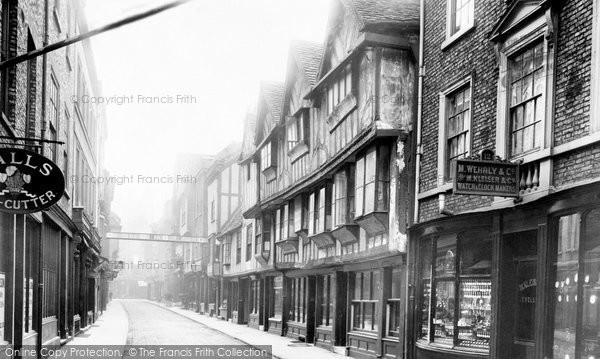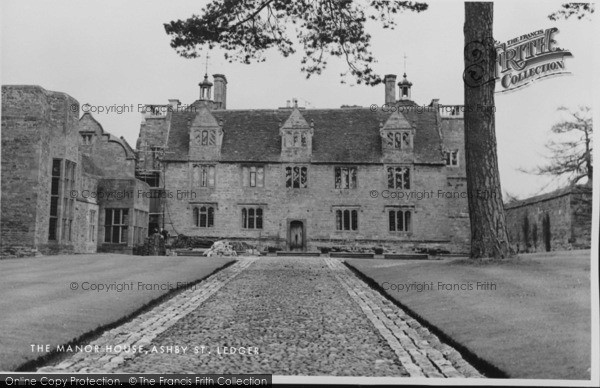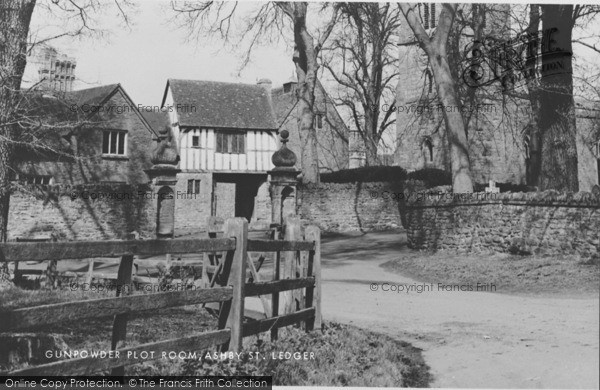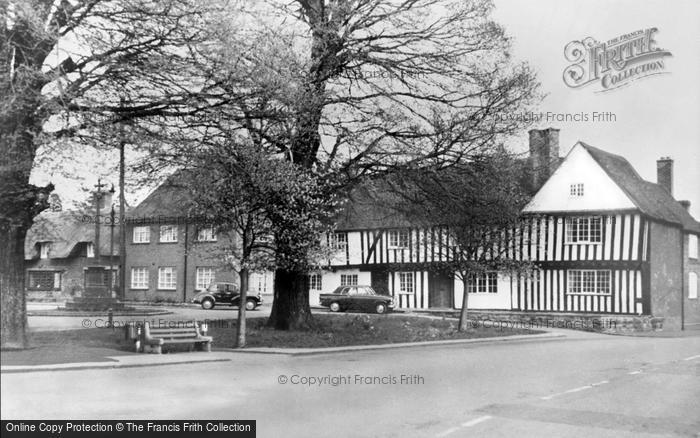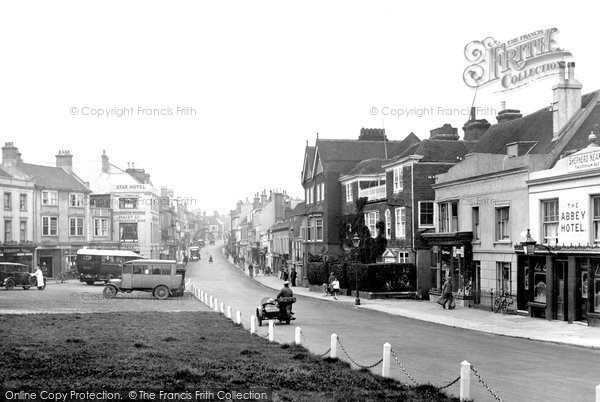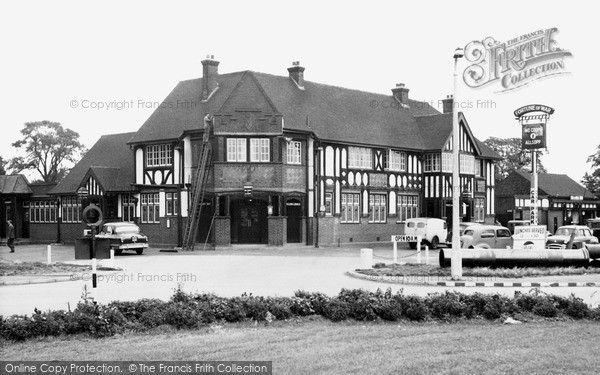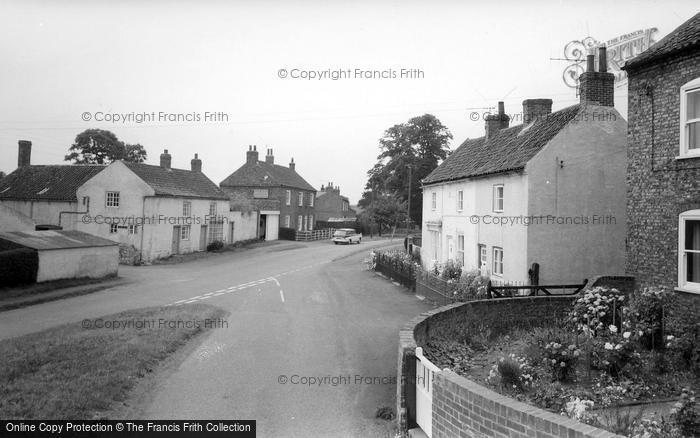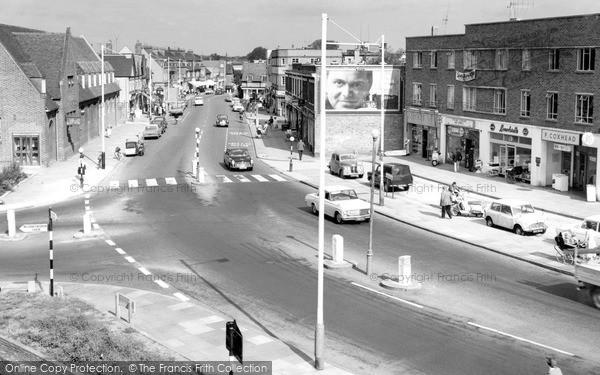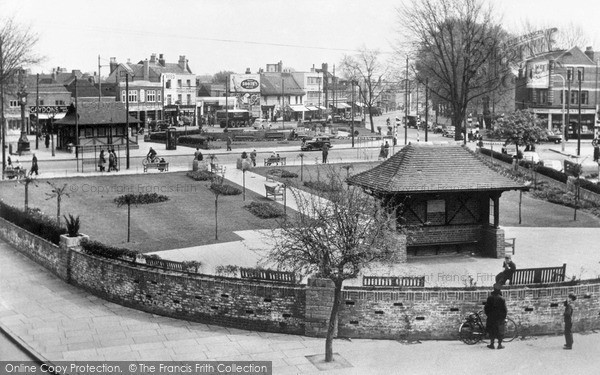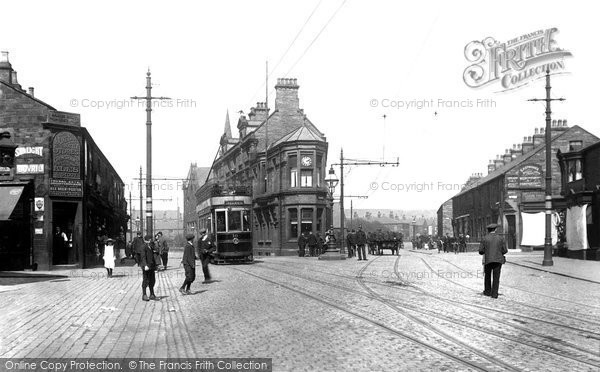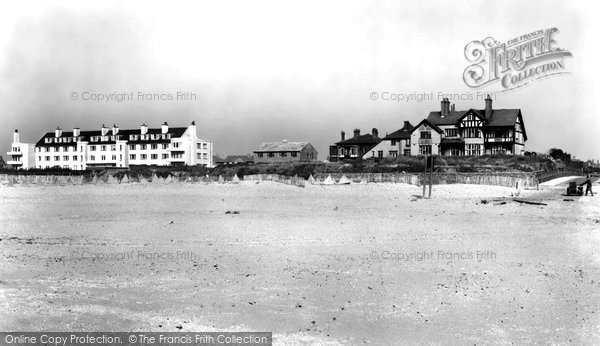Search the Archive
Explore all the places you remember!
Subscribe
Join the thousands who receive our regular doses of warming nostalgia! Have our latest blog posts and archive news delivered directly to your inbox. Absolutely free. Unsubscribe anytime.
Say Hello!
How to keep in touch with us.Bonfire Night
Published on October 25th, 2021

"Remember, remember! The 5th of November, Gunpowder treason and plot!" Each year on Bonfire Night, November 5th, bonfires are lit and fireworks are let off all over Britain to celebrate the failure of the Gunpowder Plot of 5th November 1605.
This was an attempt by a band of conspirators to blow up the House of Lords during the state opening of Parliament, which it was hoped would result in the death of King James I, his young heir, and many other lords. The plotters were devout Roman Catholics who had trusted King James I to allow them freedom of worship. When he reneged on his promise they planned to blow up the Houses of Parliament whilst the King was in it, together with all his lords and bishops. The plot was foiled when one of the conspirators, Guy Fawkes, was discovered in the cellars beneath the House of Lords ready to set fire to the fuse which would explode 36 barrels of gunpowder that had been stored there in readiness for the atrocity. Guy Fawkes, who was born in York in 1570, was recruited by the Gunpowder Plotters because of his expertise with gunpowder, gained during his military career. Guy Fawkes was questioned under torture and revealed the identities of the other conspirators; they were hunted down and some were killed whilst resisting arrest, including the plotters’ leader, Robert Catesby, or were captured, tried and executed, including Fawkes.
The photographs from our Archive have inspired many childhood memories of this exciting night. Did you put together your "Guy" and walk around with it in a barrow to collect pennies with your friends? How about attending enormous bonfires that had been prepared for weeks, which never failed to deliver excitement on this night? Warm memories abound as towns and villages once again put on their hats, scarves and gloves and come together in the brisk November evening air. We hope you enjoy this mixture of photographs, history and memories. Have a wonderful and safe Bonfire Night everyone!
Photo: York, Stonegate 1892.
Photo: Battle, High Street 1927.
"One of the many memories I have of Battle is of Bonfire Night, November 5th. Every November 5th, Battle had one of the best November 5th bonfire celibrations in Sussex, it was lots of fun. I remember Battle Rousers (home made fire works), they were awesome, arranged in circles and let fly, they would run and then explode with a huge bang, very scary! There was also a huge parade down the High Street, Guy Fawkes would be placed on top of the big fire in front of Battle Abbey and the fire would be lit. A rousing cheer would erupt. Thanks to the Battle Bonfire Boys. What a memory! The Abbey Hotel across the street did a huge trade that night!"
Photo:
Battle, High Street 1927.
Memory:
Bonfire Night
"This is another part of Laindon that is no more. I can remember waiting outside the Fortune of War with a Guy leading up to Firework Night, I always collected lots of change from the kind patrons of this local drinking establishment. I don't think anyone noticed that it was really my sister dressed up in the wagon, if they did they kindly didn't say. Other times of the year we would return beer bottles to the off-licence for a few pennies, they didn't know we were collecting them from the forecourt. And if we were lucky Daddy would be inside and buy us a bag of crisps and some pop. Oh happy days."
Photo:
Laindon, The Fortune Of War Hotel c.1960.
Memory:
Guy Fawkes!
"I remember Guy Fawkes night in Convent Garden, Notting Hill just after the war. The bomb sites were full of adventure and wood to build huge bonfires. For a couple of weeks prior to the big night we Convent Garden Gang members had been out with our Guys collecting money for fireworks, and nicking potatoes from stalls in Portobello Road to cook on the bonfires. Our pleasure knew no bounds, and life was one giant adventure."
Memory: Guy Fawkes Night
Photo: Whixley, c.1965.
"Guy Fawkes Night at Whixley in Yorkshire could be quite hazardous, although I remember no one ever been seriously hurt, it was certainly a close run thing. Keith Bradley although not from farming parents had many relations whom were involved in farming and so had ready access to certain farming apparatus, binder twine and the like. One particular Bon Fire Night in the late 50's early 60's he had got hold of a long string of small explosive charges used for bird scaring. These were nothing more than a large number of bangers joined by varying lengths of fuse so as to make the bangs occur at irregular intervals, once lit. These turned out to be very poor as the fuses were far to long to be used as bangers and the final bang not very loud, so in disgust he throw the whole string, 30 or more charges onto the fire. 30 times a small bang is quite impressive especially when in a fire making ash, cinder and assorted burning rubbish fly everywhere, fortunately for him and us no one was hurt and no one had seen who throw what onto the fire. When a little older I had the job of lighting the fire, at that time my best friend was Brian Carling the son of the then Garage Owner. It had been a wet day and so Brian suggested he get a little something to make the fire start easily – a half gallon tin of waste sump oil, diesel and petrol mixed. To my credit I know enough to stand well clear and throw a match on from a great distance, it worked wonderfully, unfortunately Brian didn’t want his tin back so not knowing what to do with it I throw it onto the now roaring fire. As luck would have it I hadn’t put the top back on, as it was the exploding vapour and dregs left in the can caused a sheet of flame to shoot upward ten or more feet, neatly bisecting myself and Brian. I still shudder to think what would have happened had the can been sealed. We would also experiment with bangers, then readily available, making guns by sealing the banger in a copper tube before lighting it, or dropping a lighted one into a milk bottles. It's a wonder any of us are still alive to tell the tale."
Photo:
Whixley, c.1965.
Memory:
Bonfire Night Perils
"In the photo there is a service road and shops on the right, back in 1953 this area was full of stinging nettles and I believe some advertising boards. On the other side of the road, outside the Post Office is where my brother and I pitched our hand cart with the guy for Bonfire Night. The idea was that people were either putting money in or taking money out of the Post Office so we would get them one way or the other. We lived down Swan Road at the Coln Park Caravan Site and the adults had organized a communal Bonfire Night. They had built a bonfire that stood about five foot high. This would not do, all the kids on the site mucked in to bring wood from far and wide, we knocked on every caravan for old newspapers. By the time we had finished the bonfire was twelve feet tall. The money we collected from guying was handed over to buy more fireworks. Come bonfire night the mothers provided potatoes to bake in the fire. Everyone had a great time."
Photo: Mitcham, Fair Green c.1955.
"There were so many special times of the year that seemed to bring all our neighbours out in the street, one of them being the fifth of November. The whole street gathered things to burn, and low and behold after a week or so, there stood this magnificent bonfire, sadly though not very much money was available for fireworks in those days. My sister and me however had made some money the previous weeks, collecting ‘A Penny for the Guy’. We would stand outside Mitcham Station and Mitcham Junction. My mother thought it was begging, we thought it was fun, until one night someone, remarked on how good they thought the Guy was, and poked it with their finger. I caught it straight in the ribs and cried out, to the great shock of the person with the finger! Needless to say we were removed, and told quite clearly never to return. The evening of the fifth brought people from other parts of Mitcham, to let off their fireworks around our fire, and generally have a good time. The reason for this being that Church Path was not only a cul-de-sac, it was also an unmade road, nothing but an open space of ash. I, being a boy, spent all my money on Paines Fireworks, made in Mitcham, I bought them from the tobacconist-sweetshop, just across the London Road, Hayms was the name and penny bangers was the game. As the fire burned down people returned to their homes, but the children of Church Path went to bed with two things on their mind - first, that first light on the sixth would give them the opportunity to find unexploded fireworks, and the second of course was to find the jacket potatoes that had been laid in the dying embers of the grand fire the night before. Like the Indians of North America, the fire had given us warmth, entertainment and now would slowly cook our spuds through the night. What more could you wish for? I would walk to school on a cold November morning, carrying a hot potato in one pocket and having removed the gray ash from the other, contemplated the first bite of my warm breakfast. These were simple pleasures, enjoyed in simple times."
"In 1960 my family of 8 moved to Burnley, where we lived on Pheasantford Street in the Duke Bar area. The people who lived in Pheasantford Street were hardworking, down-to-earth and friendly people. The Grimshaw family lived in the end house in our street. There was a bit of spare ground next to their house where we had the yearly bonfire on 5th November – Bonfire (or Guy Fawkes) Night. All the neighbours gathered there. Some people brought treacle toffee to share with everyone, and spuds wrapped tight in newspaper were thrown on the edge of the fire to bake. The older parents used to sit on the old sofas and chairs which were the last things to be thrown on the bonfire – the sofa and chairs, not the older people! In the summer all the kids would play on the street. We played games like ‘Ring tin tin’ and ‘British Bulldog’. Quite a few of the parents, including my mum and dad, would watch the kids play from the doorstep of their houses, they would get together for a gossip. The area used to have a wonderful community spirit."
Photo:
Burnley, Duke Bar 1906.
Memory:
Happy Memories.
"This memory is about Bonfire Night at Blundellsands in 1953. I was thirteen at the time and lived off Riverslea Road, which led down to a walled field on to the beach. My friends Derek Austin, Les Reece, Charlie Kelly, Ray Betts and a few others had built the Biggest Bonfire for miles around. We had travelled as far as Formby to collect all sorts of wood, old gates and so on, we even built a trench around the bonfire and covered the trench with corrugated roofing, and old grass sods, to camouflage it. Three of us stayed overnight to protect it, feeding off lemonade and roast potatoes until the day the fire was to be lit – November 5th. Then it rained nearly all that day, and we all wondered if we would be able to light the bonny that evening. Ray Bett’s dad was chief mechanic at the garage at the top of Warrenhouse Road on Bridge Road, we went to see him and he gave us all the old oil from the sumps of the oil changes he had done to use as fuel. Then the bonfire started all right, and it stayed alight for nearly three days, with plenty of roast potatoes cooked on it after all the fireworks had finished. HAPPY DAYS!"
Perhaps you'd like..?
If you liked our "Bonfire Night" Blog Feature, you might like to see and follow this Francis Frith board over on Pinterest.
Subscribe
Join the thousands who receive our regular doses of warming nostalgia! Have our latest blog posts and archive news delivered directly to your inbox. Absolutely free. Unsubscribe anytime.

